Oscillating piston flow meters use a precision-machined chamber containing a cylindrical piston that oscillates as liquid flows.
The piston’s central shaft is constrained to run in a circular groove in the chamber, resulting in an off-center rotating motion as the liquid sequentially enters and exits compartments machined into the underside of the piston.
Oscillating Piston Flow Meters
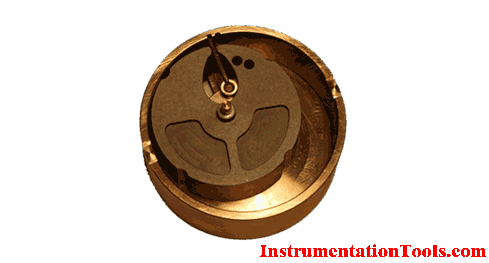
Since the volume of the compartments are known, the amount of liquid metered per revolution can be calculated accurately.
Liquid enters a precision-machined chamber containing an oscillating (rotating) piston. The position of the piston divides the chamber into compartments containing an exact volume. Liquid pressure drives the piston to oscillate and rotate on its center hub.
The movements of the hub are sensed through the flow meter wall by a follower magnet. Each revolution of the piston hub is equivalent to a fixed volume of fluid, which is indicated as flow by an indicator/totalizer.
Close clearances between the piston and the chamber ensure minimum liquid slip for highly accurate and repeatable flow measurement of each volume cycle.
Advantages of Oscillating Piston Meters
- High accuracy and repeatability.
- Only one moving part to cause wear.
- Can be made of materials to ensure sanitary needs of food and beverage processing.
Disadvantages of Oscillating Piston Meters
- Can only be used with relatively clean liquids.
If you liked this article, then please subscribe to our YouTube Channel for Instrumentation, Electrical, PLC, and SCADA video tutorials.
You can also follow us on Facebook and Twitter to receive daily updates.
Read Next:
- Variable Area Flowmeters
- Flow switch Principle
- Types of Flow Measurement
- Disadvantages of Flow Meter
- Paddle Wheel Flow Meters
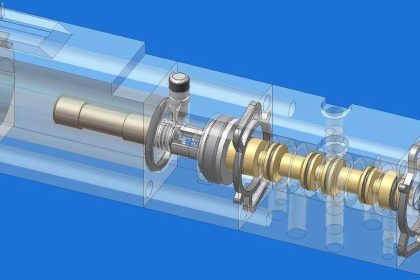
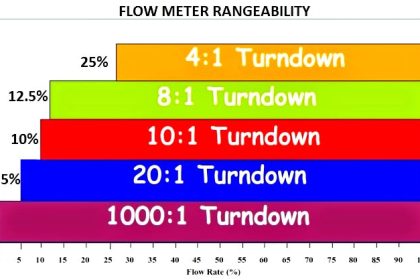
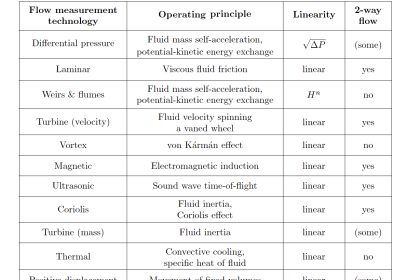

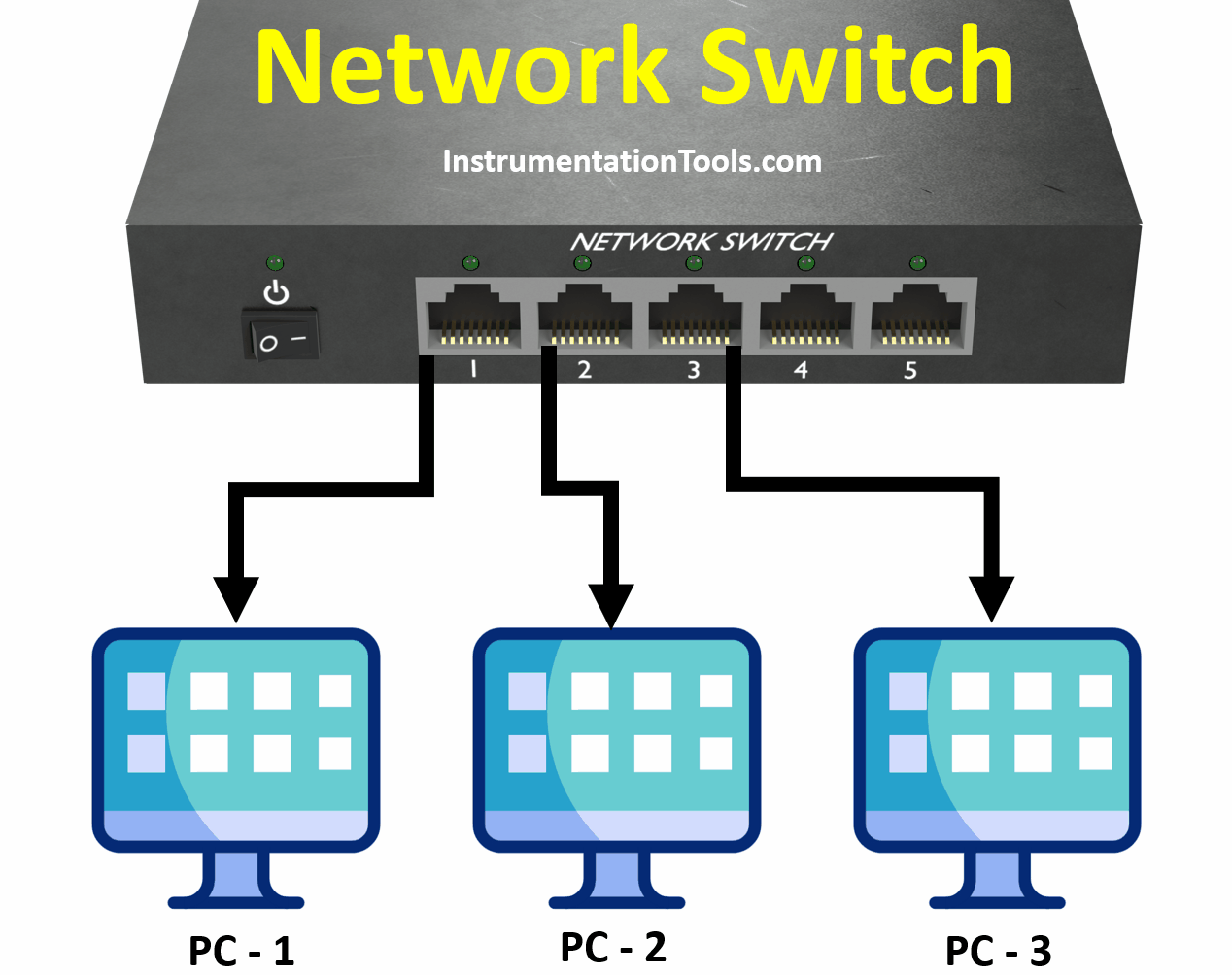

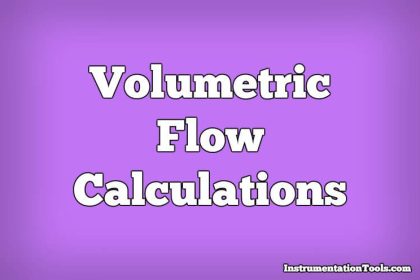

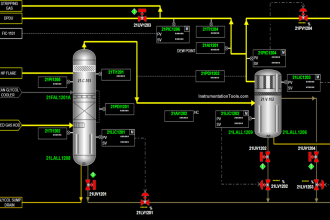
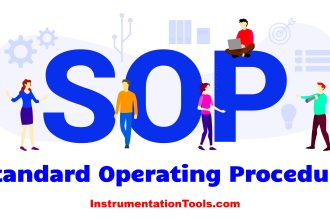

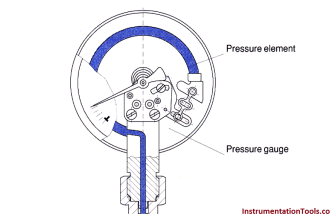
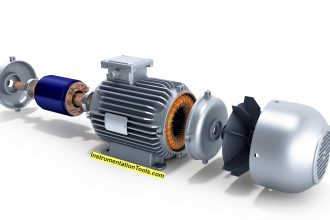




This looks like the Neptune Red Seal chamber.
In the US these are commonly referred to as oscillating piston. This is not, as some have claimed, to be to avoid confusion with the reciprocating piston meters but because the more common description is, everywhere except the USA< Rotary Piston.
In the USA the term rotary piston had already been applied to Lewis Nash's Crown meter (a true PD meter with more in common with a gear meter visually).
The terms rotary and piston could be related to the expectation that the Crown meter would satisfy the need for a universal water meter, one able to handle both direct plumbing (rotary or rotary vane meter market) and indirect plumbing (reciprocating piston meter market) and which it probably did achieve with territorial limits for a while.